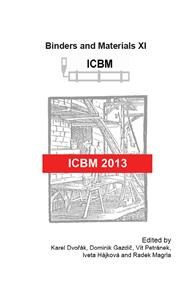p.284
p.290
p.297
p.301
p.305
p.309
p.315
p.319
p.325
Analysis of Building Stone of the Medieval Historical Building
Abstract:
The reconstruction of the historical buildings needs the replacement of the original and damaged materials using possible compatible materials that closely replicates the original ones in its appearance, chemical, physical and mineralogical properties, strength and durability. Thus, a complex approach based on advanced analytical methods is needed to identifying of the suitable materials. The paper is aimed at the study of the chemical and mineralogical properties of the historical stones of the medieval castle in the East Slovakia in order to replacement the original materials by the new ones with similar composition. The carbonates and silicates were confirmed as the main components of the stones by X ray fluorescence (XRF) and Fourier transformation infrared (FTIR) methods. The mineralogical analysis confirmed the presence of the calcite as the dominated carbonate minerals as well as the presence of the quartz and muscovite representing the silicate forms.
Info:
Periodical:
Pages:
305-308
Citation:
Online since:
February 2014
Keywords:
Price:
Сopyright:
© 2014 Trans Tech Publications Ltd. All Rights Reserved
Share:
Citation:



